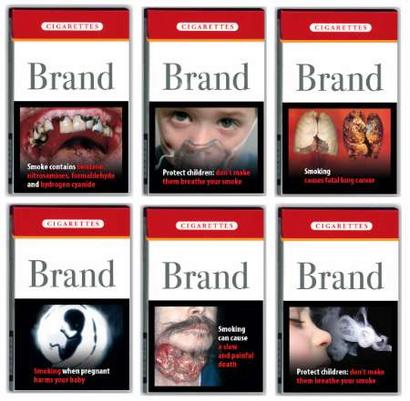More smokers willing to give up since enclosed area ban
SPAIN In a recent report the Organization of Consumers OCU concludes that the most persuasive anti-smoking tactic is in the price of tobacco. It is more effective than photos of diseased lungs or mouths printed on packets, or even than a ban on smoking in public places. The report reflects interviews with a number of organizations and research through experts. The price of cigarettes and other tobacco items went up in Spain on September 1 as the result of a new special tax, and also because VAT went up by 3% (to 21%) at the same time. Many smokers,YOU WILL SOON BE UNABLE
TO READ THE REST OF THIS ARTICLE UNLESS YOU SUBSCRIBE especially those in lower income brackets, chose September to give up, or to try to.
TO READ THE REST OF THIS ARTICLE UNLESS YOU SUBSCRIBE especially those in lower income brackets, chose September to give up, or to try to.
The price factor is prevalent among the young and at the lower end of the income scale, according to the report. Also influential in the decision to give up is the ban on smoking in public places, according to another report on the subject by the government-backed National Commission for the Prevention of Tobacco-ism (see 'alcohol-ism').
However, one health organization, Por Qué Nosotros No, points out that the images `printed on packets has little or no effect on smokers, it does have some on those who do not smoke - persuading them not to take the habit up. This is particularly so among the young.
On the other hand, a report by British American Tobacco of 2011 failed to find any link between warnings or images on packages with any reduction in usage of tobacco. (This report would necessarily be biased, wouldn't it?)
Rodrigo Córdoba García, a lung specialist and expert on tobacco addiction, says that the biggest downturn in smoking in Spain happened between 2010 and 2011, when it dropped by 17%, or a drop in sales of 16 million packets. The reason: the financial crisis (that forced lower incomes among most smokers) combined with a rise in price. He puts the ban on smoking in public places at only 4% of the downturn in smoking, and the remaining 2% to warnings on packets.
Other experts agree that price is the most influential factor. Among them is the head of the Tobaccoism Unit of Madrid, Carlos Jiménez, who registers an upward swing at his unit of smokers asking for help to give it up.
All health centres in Spain can help anyone to give it up - at no cost.
* * * * * * *
And before anyone says anything, Prospero gave up 2 years and 2 months ago (and seventeen days, four hours, thirty-three minutes and twelve - no thirt -never mind). If he can do it after 57 years of heavy smoking, anyone can. 'It's not easy and it's not impossible' he was told, and they were right - this being one of the very few times he doesn't mind being wrong.
While he thinks about it: he had given up over 20 years ago, for about the same time as this round, but that was in the US, where you couldn't smoke anywhere - but he came back to Spain, where you could.



No comments:
Post a Comment